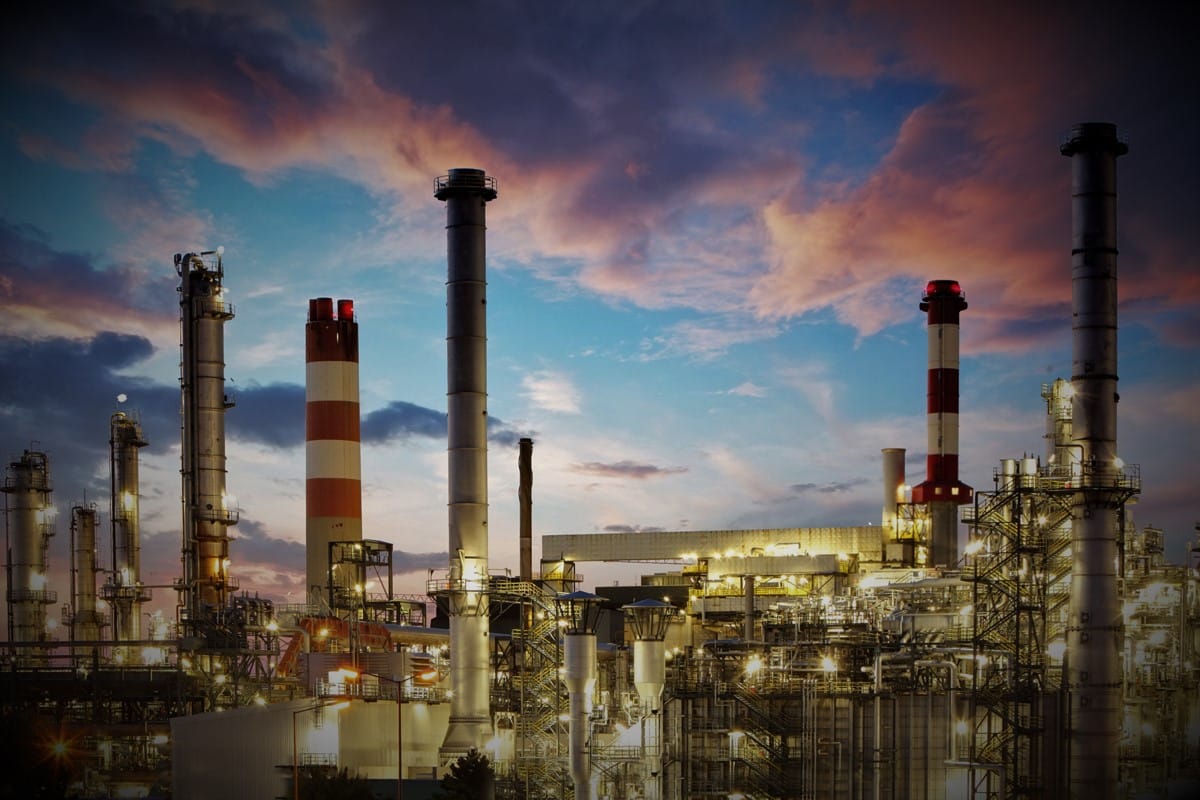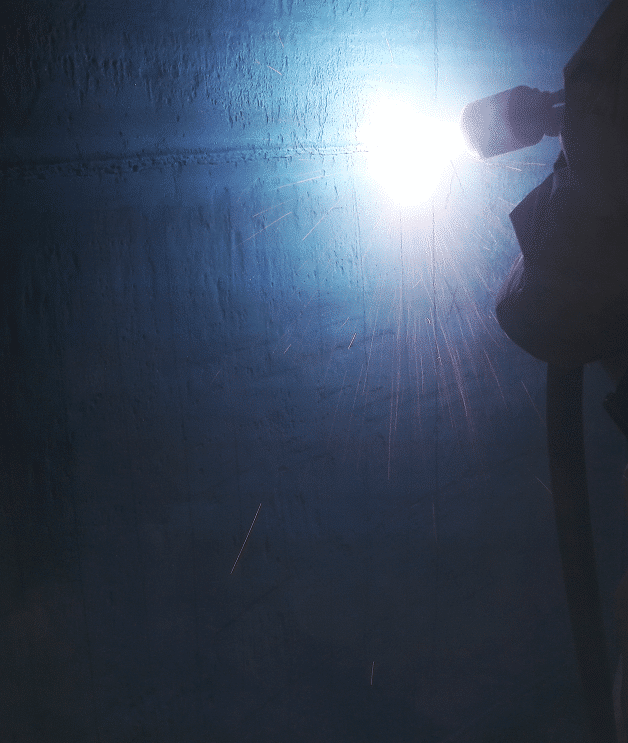Quench Tower Corrosion Mitigation with HVTS
Corrosion Mitigation Through HVTS Cladding in Singapore
In addressing severe internal corrosion on a Quench Tower, IGS utilized advanced High Velocity Thermal Spray (HVTS) technology, applying the cladding to 318 ft² area. The project also included the installation of CRA Inconel 625 nozzle sleeving.

Project Description
Integrated Global Services (IGS) applied HVTS cladding to address internal shell corrosion in a quench tower at a facility in Singapore. The project included nozzle sleeving and utilized cutting-edge HVTS technology for enhanced erosion resistance.
Problem
The detection of corrosion within the internal shell area of the quench tower has emerged as a pivotal concern, signifying a substantial challenge to the structural integrity of the quench tower. This issue demands a meticulous and comprehensive mitigation strategy to not only rectify the existing corrosion but also to fortify the affected area.
Solution
In response to the identified corrosion within the internal shell area of the quench tower, IGS implemented a sophisticated and strategic solution through the HVTS process. This advanced methodology involved the application of claddings characterized by heightened density and reduced permeability, ensuring a superior protective barrier against corrosion. The meticulous approach extended to the incorporation of nozzle sleeving, featuring precision-engineered Inconel 625 inserts to enhance corrosion resistance in critical areas.
Recognizing the significance of substrate preparation, the original organic coating was methodically removed, setting the stage for the application of HVTS cladding to the extent of 318 square feet. This comprehensive removal and reapplication process aimed not only to rectify existing corrosion but also to fortify the substrate against future deterioration. By adopting this multi-faceted solution, IGS showcased a commitment to precision engineering, leveraging cutting-edge technology to achieve optimal results and extend the operational life of the quench tower while adhering to the highest industry standards.
Key Benefits
- Enhanced Operational Resilience
- Effective Corrosion Mitigation
- Exemplary Safety Performance
- Adherence to Rigorous Quality Standards
- Continuous Improvement Through Lessons Learned

Free consultation with an IGS Subject Matter Expert
IGS is here to provide information, answer questions and create an effective solution for your needs.
